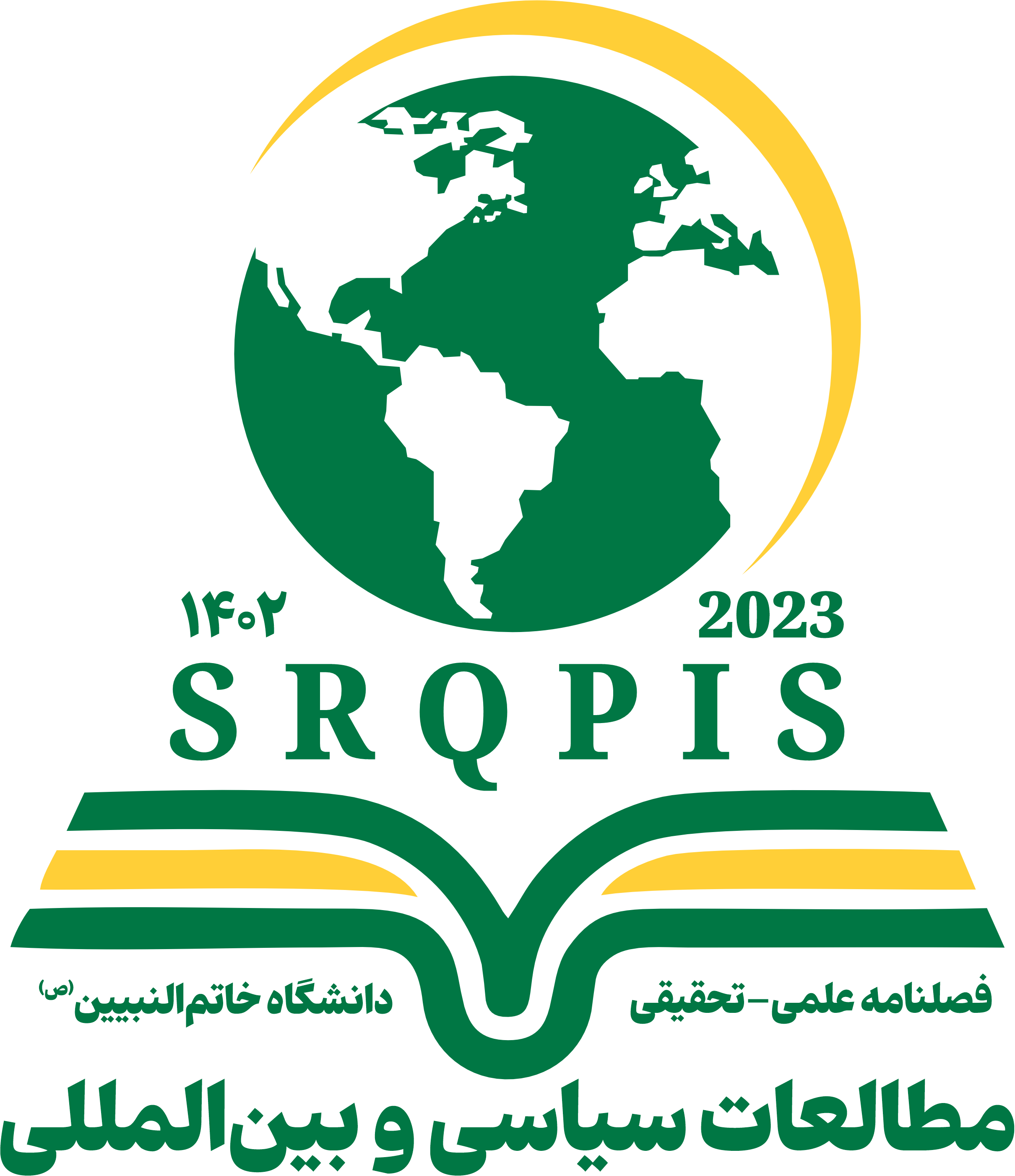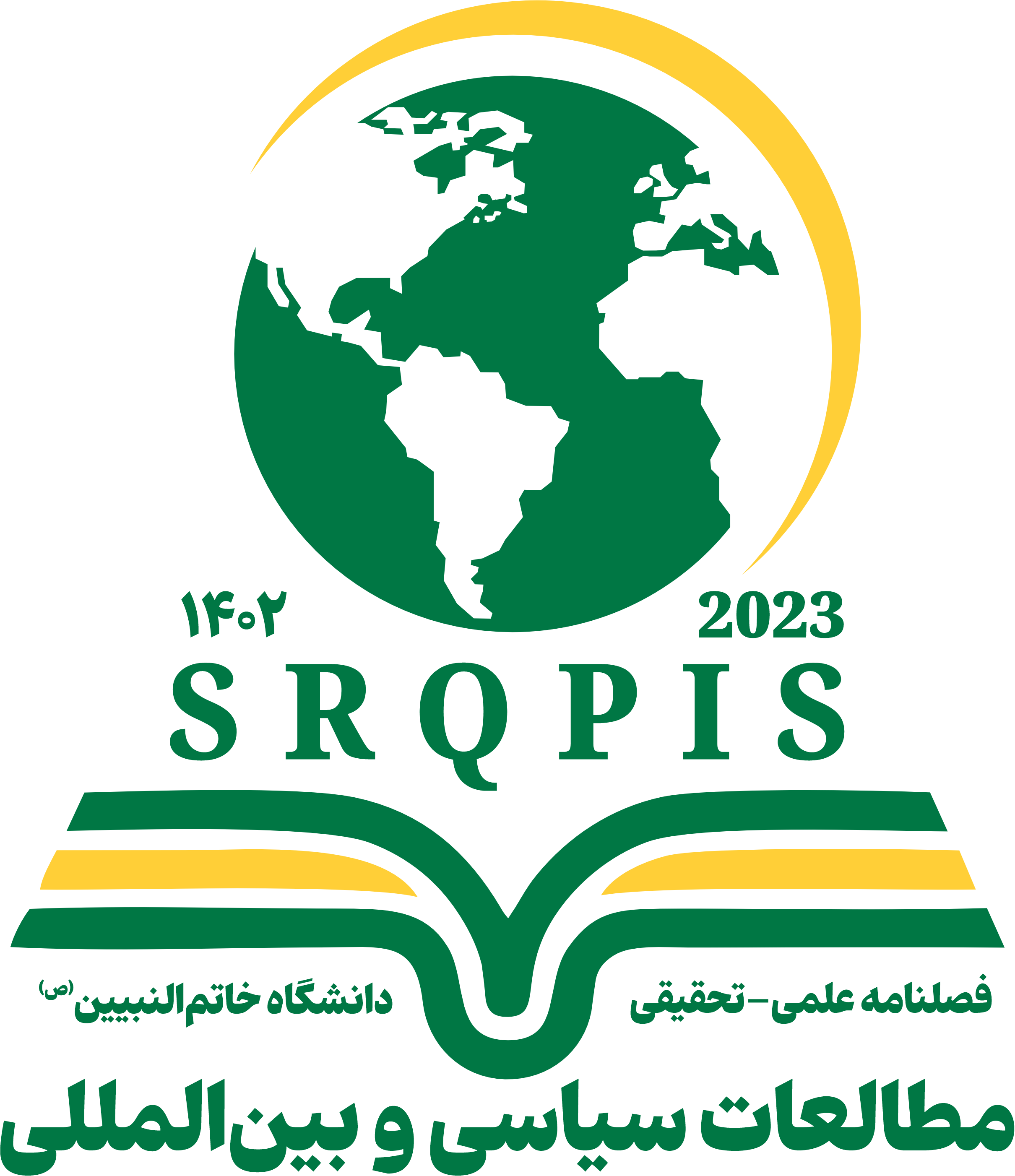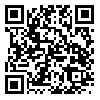
Scientific-Research Quarterly Journal of
Political and International Studies

Volume 2, Issue 2 (9-2025)
SRQPIS 2025, 2(2): 47-63 |
Back to browse issues page
Download citation:
BibTeX | RIS | EndNote | Medlars | ProCite | Reference Manager | RefWorks
Send citation to:



BibTeX | RIS | EndNote | Medlars | ProCite | Reference Manager | RefWorks
Send citation to:
Erfani M Q. Council on Foreign Relations and US Foreign Policy A Cold War Case Study. SRQPIS 2025; 2 (2) :47-63
URL: http://srqpis.knu.edu.af/article-1-81-en.html
URL: http://srqpis.knu.edu.af/article-1-81-en.html
PhD Student and Researcher in International Relations
Abstract: (335 Views)
Understanding the policymaking processes of the United States, as a global superpower, is of critical importance. Think tanks are among the most influential behind-the-scenes actors in this arena, having increasingly attracted the attention of researchers and U.S. foreign policy experts. The Council on Foreign Relations (CFR) is an old, powerful, and impactful think tank that has been active for over a century. This paper addresses the following question: What role has the Council on Foreign Relations played in shaping the foreign policy doctrines of the United States? To answer this question, the study analyses and evaluates two major U.S. Cold War strategies concerning their interactions with the two major powers, the Soviet Union and China. The research employs a library-based methodology for data collection. The findings indicate that the Council on Foreign Relations has played a prominent role in shaping U.S. foreign policy, particularly during the Cold War. Its influence was exercised through several key mechanisms: forming study groups, publishing the journal Foreign Affairs, generating policy-influencing ideas, mobilising public opinion, educating future government officials, recruiting retired personnel, organising deliberative meetings, and mediating between different political factions, government officials, and the public.
Send email to the article author
| Rights and permissions | |
 |
This work is licensed under a Creative Commons Attribution-NonCommercial 4.0 International License. |



